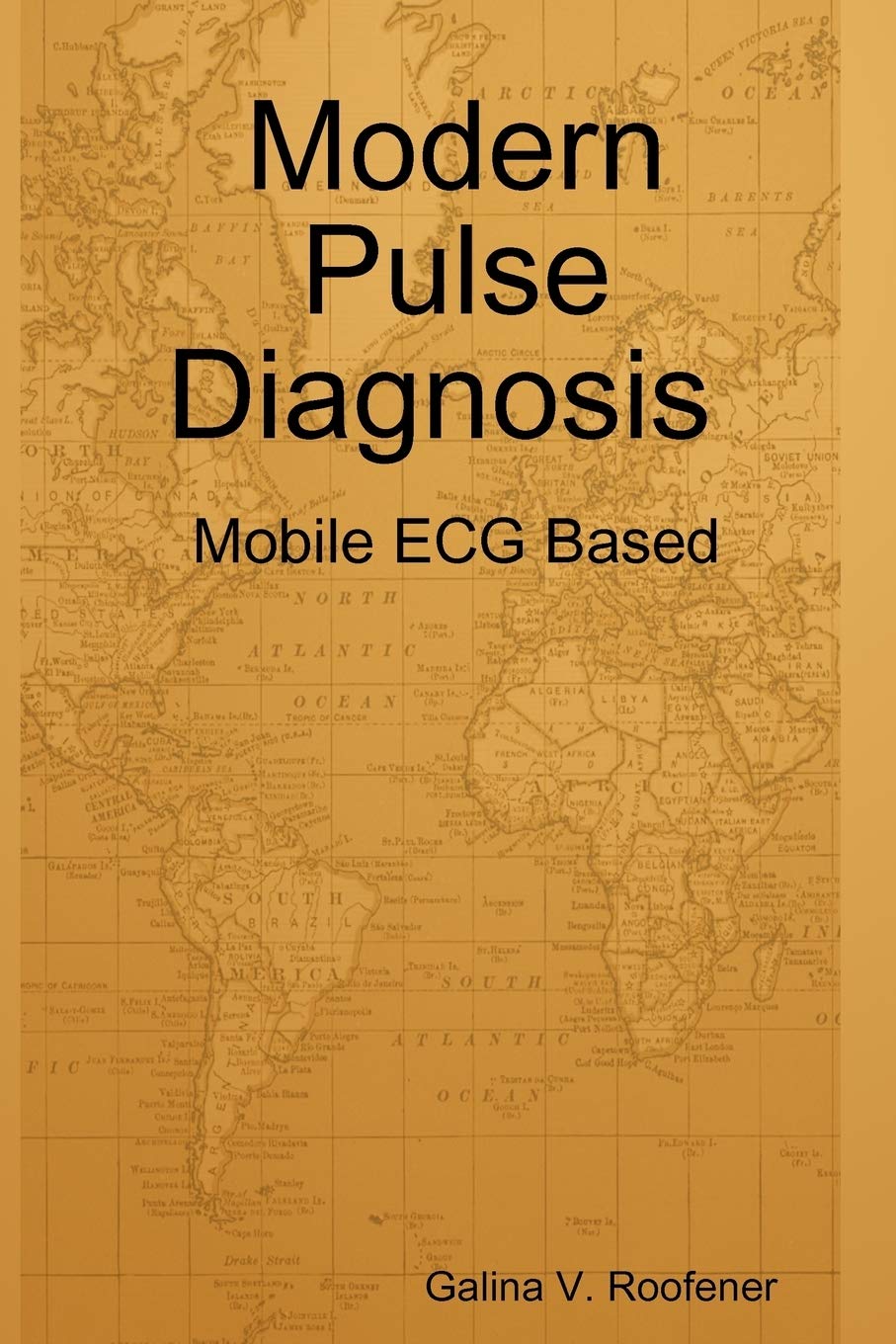 An ECG is an accepted scientific test to detect the electrical activity of the heart. It can also be used to measure and interpret the state of Qi in the human body. We can determine the strength of Qi by measuring the strength of the electric impulse that is clearly visible as the height of the R wave spike on an ECG. We can also determine TCM heat or cold conditions by the pulse rate, which is automatically registered on an ECG. The ECG can be read through a TCM perspective to determine a pulse diagnosis.
An ECG is an accepted scientific test to detect the electrical activity of the heart. It can also be used to measure and interpret the state of Qi in the human body. We can determine the strength of Qi by measuring the strength of the electric impulse that is clearly visible as the height of the R wave spike on an ECG. We can also determine TCM heat or cold conditions by the pulse rate, which is automatically registered on an ECG. The ECG can be read through a TCM perspective to determine a pulse diagnosis.
An ECG can be taken by a patient at home and transmitted to a practitioner. Recordable and reproducible objective data such as an ECG for the pulse and a photograph of the tongue is a major break through in the development of East Asian Medicine. These advances open a possibility of telemedicine for Traditional Chinese Herbal Medicine practice.
This textbook is intended for individuals familiar with the theory and clinical practice of East Asian medicine and illustrates a modern perspective on describing the TCM pulse through the interpretation of mobile ECG data.
Palpation of the pulse is one of the important diagnostic signs used by East Asian medicine practitioners to determine the state of Qi in the body. Reading a pulse traditionally relies upon developing refined palpation skills through extensive practice guided by a skilled teacher, which can be challenging to attain and master.
Recent developments in mobile electrocardiogram (ECG) devices provide an excellent resource for practitioners to have a convenient and affordable tool for an objective pulse measure. Qi is an electric impulse that commands the heart chambers to contract that subsequently generates the pulse.
